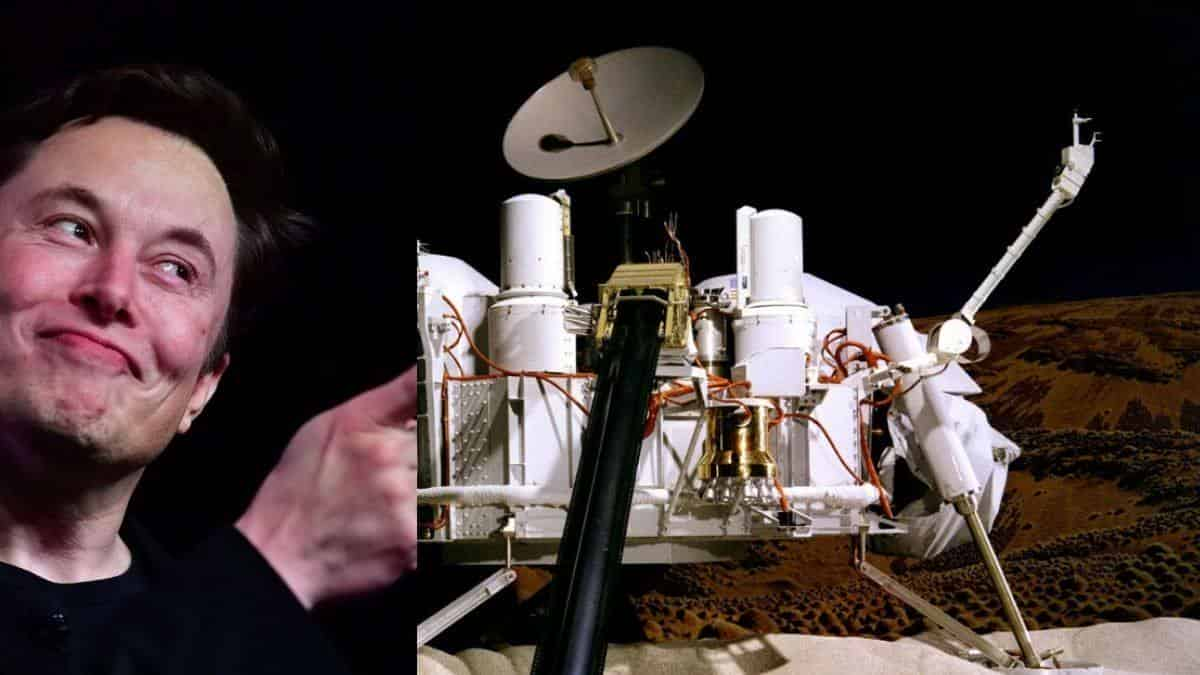Elon Musk was talking about Viking1 and 2 probe for mars project

When NASA’s Viking Project became the first U.S. mission to land a spacecraft safely on the surface of Mars and return photographs of the surface, it made history. Two identical spacecraft were created, each with a lander and an orbiter. Each orbiter-lander pair sailed together into Mars orbit before splitting off and landing on the planet’s surface.
The Viking 1 lander landed on the western slope of Chryse Planitia (the Gold Plains), whereas the Viking 2 lander landed on the eastern slope of Utopia Planitia.
And Mars https://t.co/geLbxjAlsw
— Elon Musk (@elonmusk) November 3, 2021
The two landers conducted three biology experiments on the Martian surface in addition to taking images and collecting other science data. They were looking for any signs of life. These investigations revealed unexpected and intriguing chemical activity in Martian soil, but no unambiguous evidence of the presence of live microbes in the soil near landing sites. Mars, experts claim, is self-sterilizing. They believe that a combination of saturating solar ultraviolet light, excessive soil dryness, and the oxidizing nature of the soil chemistry prevents the creation of living organisms in the Martian soil.
After landing, the Viking mission was supposed to last for another 90 days. Each orbiter and lander lasted significantly longer than expected. Viking Orbiter 1 completed its mission on August 7, 1980, after four years and 1,489 orbits of Mars, while Viking Orbiter 2 operated until July 25, 1978. Both landers were powered by radioisotope thermoelectric generators, which generate energy from heat released by the natural decay of plutonium, due to fluctuations in available sunlight. Long-term science experiments would not have been possible without such a power source. On November 11, 1982, Viking Lander 1 sent its final signal to Earth. On April 11, 1980, the last data from Viking Lander 2 landed on Earth.


